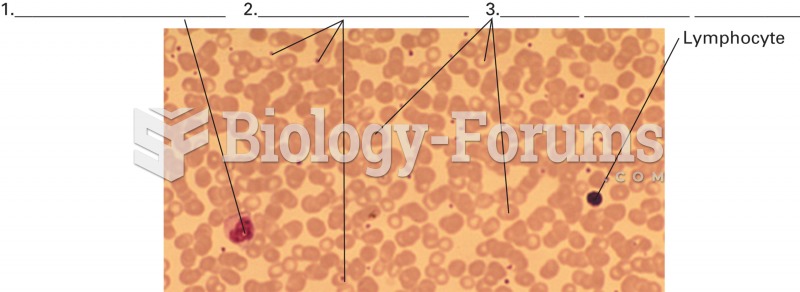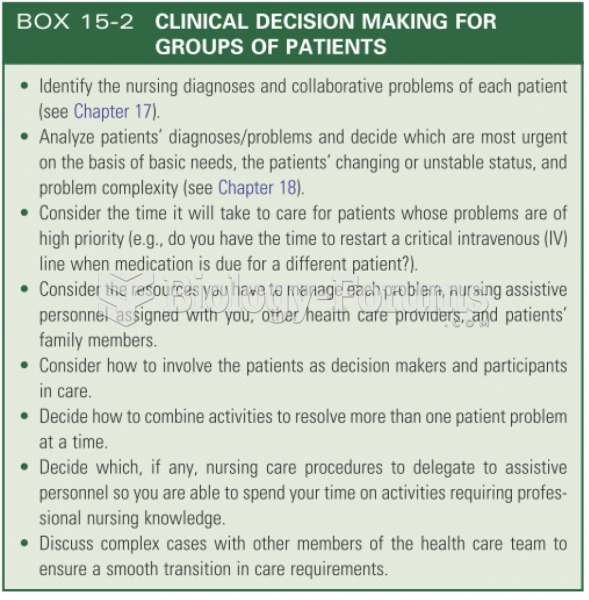Answer to Question 1
Answer should include:
The history is the documentation of what is said by the patient, while the physical examination is determined by the anatomy of the human body and the patient's physiology and/or pathology.
However, the medical decision making is the one element of the performed E/M service visit that occurs primarily within the mind of the performing physician and is documented in the ordered diagnostic options, any diagnostic findings or results, and the documented management option identified by the physician.
In order to identify objectively a specific level for the overall level of medical decision making, it is important to assign certain levels of complexity. This can be daunting since physicians have such advanced education and experience. As a result, the reader should have a certain amount of clinical knowledge or, at least, a willingness to research and learn, as well as think logically about the documented medical decision making in the context of the performed E/M service. If the reader does not understand the documented diagnostic test result, then some research may be needed in order to understand how this medical decision making is most appropriate for the presenting problem.
Answer to Question 2
Answers should include, but are not limited to:
Selecting the overall level of history requires all three elements, while the selection of the overall medical decision making requires only two of the three elements.
The overall level of history is determined by the lowest level of the three history elements, while the overall level of medical decision making is determined by the two medical decision making elements with the highest levels.
While the history is determined by the subjective report of the patient, medical decision making is based solely on the clinical, objective measurement of the physician and the results of diagnostic testing.







